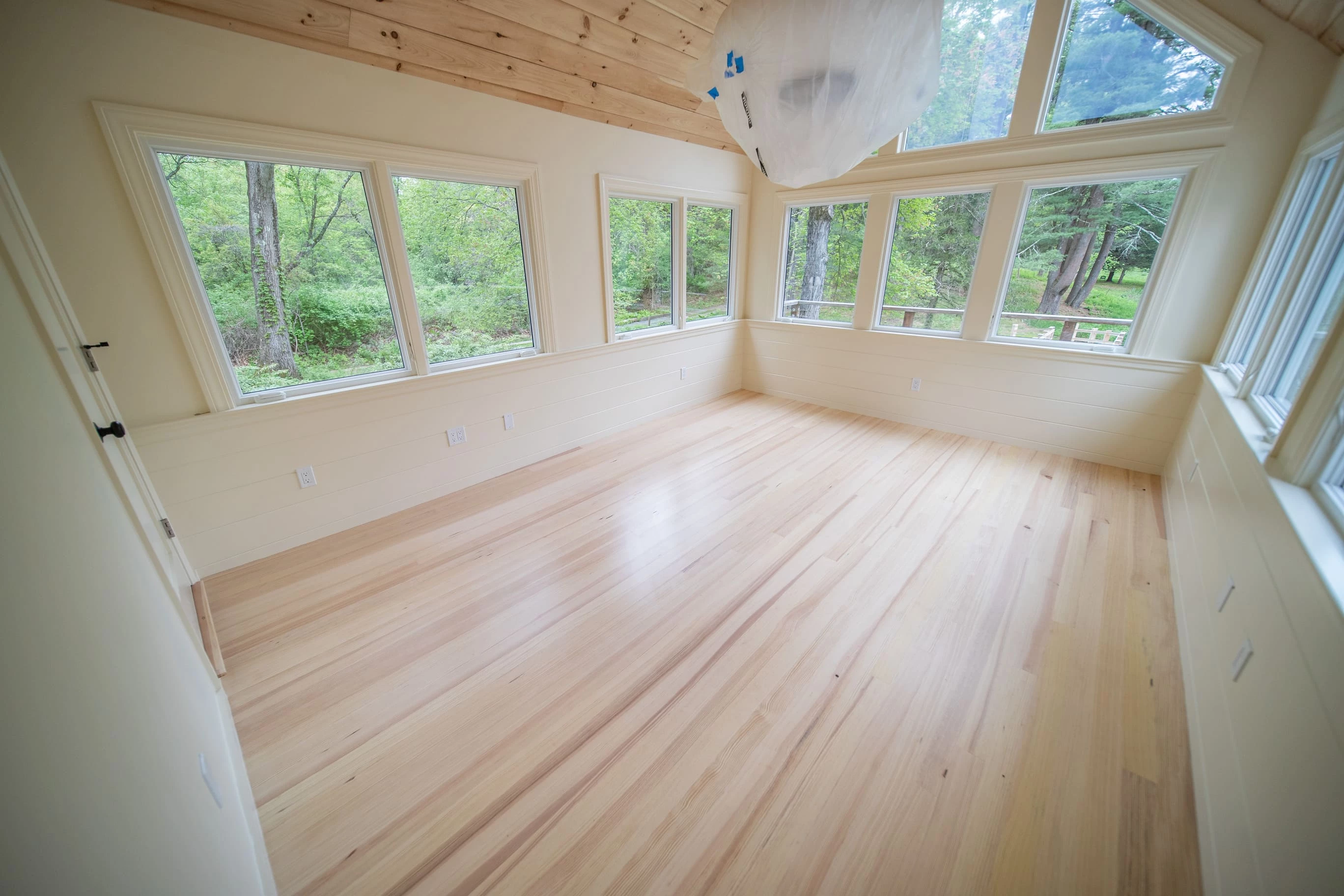- What are Hardwood and Softwood?
- Hardwood
- Softwood
- Hardwood and Softwood Uses
- Popular Types of Hardwood Flooring
- Oak
- Walnut
- Maple
- Mahogany
- Hardwood Flooring Advantages
- Hardwood Flooring Disadvantages
- Popular Types of Softwood Floors
- Pine
- Cedar
- Fir
- Softwood Flooring Advantages
- Softwood Flooring Disadvantages
- Comparing Hardwood and Softwood Flooring
- Why is hardwood the preferred choice for wood flooring?
- Making a Choice!
What are Hardwood and Softwood?
The hardwood vs softwood flooring debate is an ongoing one with valid points supporting both sides.
In this article, we will break all the main points down, and we will present you with the necessary facts that you need to know to make an informed decision that suits your needs.
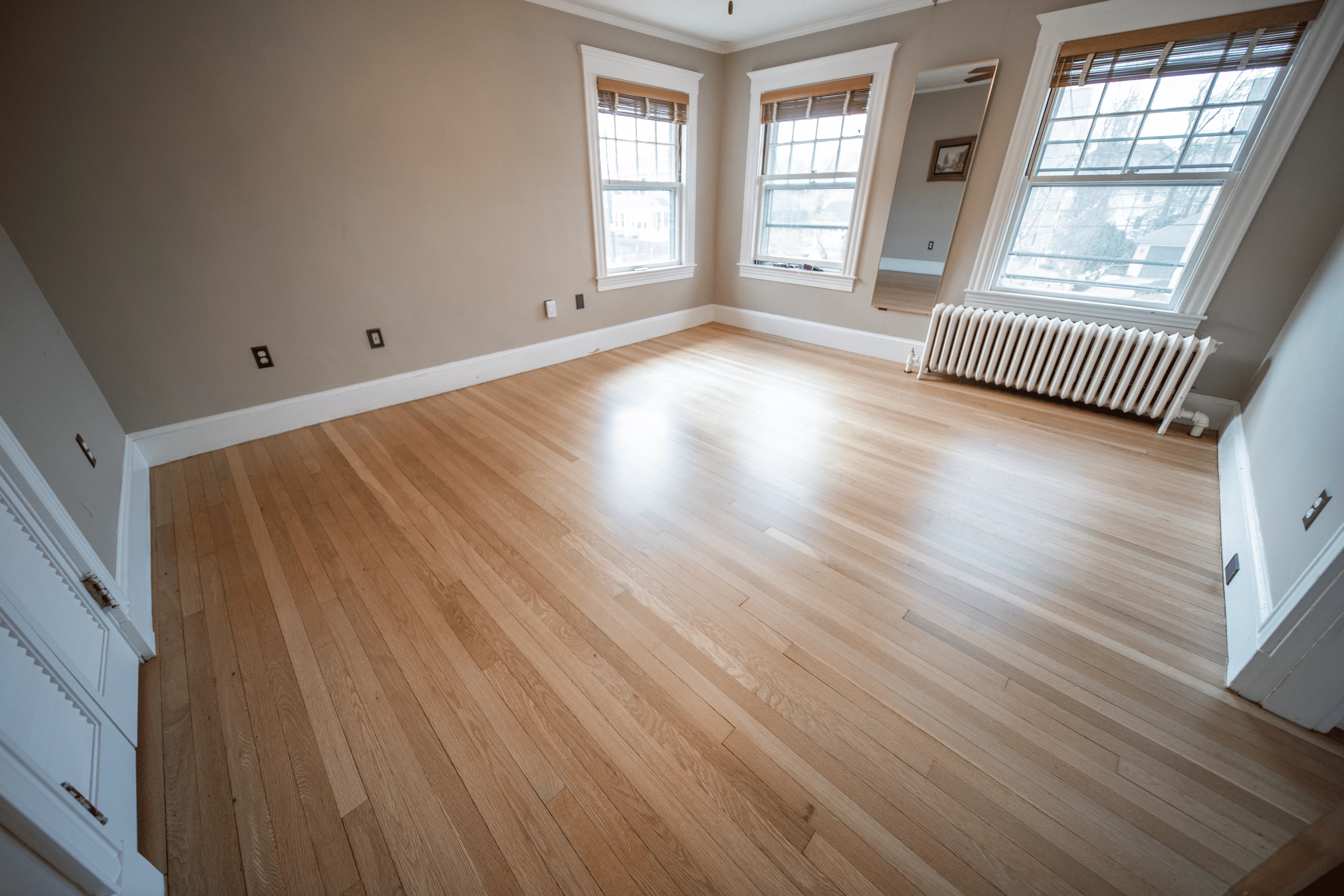
Hardwood
Hardwood comes from deciduous trees. For some extra clarification, these are the types of trees that originate from hard-shelled seeds. They are also known to shed their leaves and regrow them with the passage of the seasons.
This makes their growth slower. However, slower growth translates to a better and sturdier form as the tree grows. For this reason, hardwood floors are made of dense wood. Its density is one of the main differences between hardwood floors and its counterpart.
And while slow growth makes it of better quality, it also makes it the more expensive choice.
The sturdiness of this wooden material also makes them, naturally, more durable. It is a vital component, especially if you plan on installing these floors in a busy household.
Lastly, the maintenance to hardwoods is significantly less, due to their durability and density.
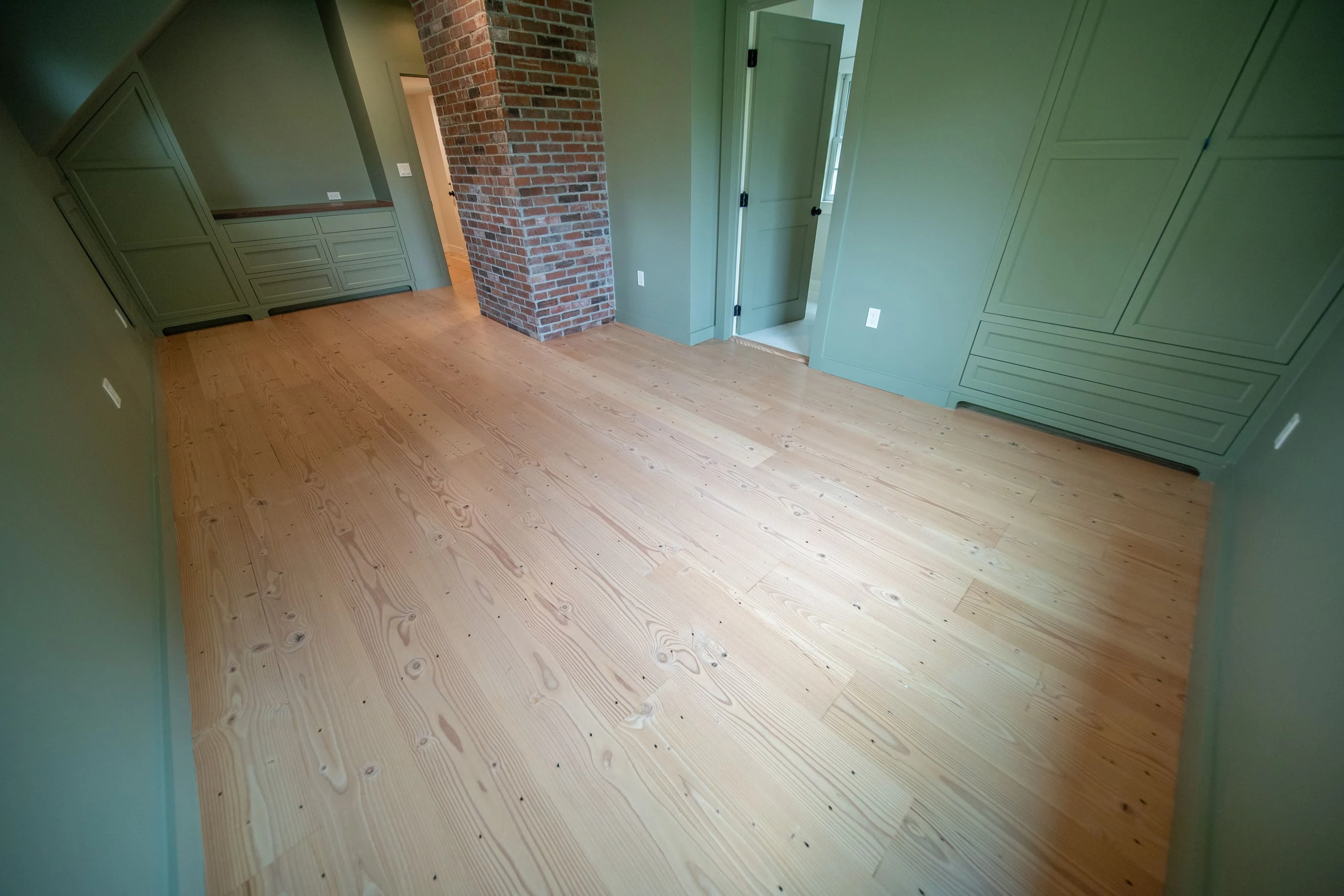
Softwood
Now that we have established the origin and material base of hardwoods, the answer of what is softwood flooring should make a lot of sense.
It comes from conifer trees, which originate from seeds that do not have an outer layer. This means that they are more exposed to the elements, forcing them to grow at a faster pace.
These trees are also labeled as evergreen trees, which means they get to keep their leaves year-round. They do not shed their leaves as the seasons change.
Their faster growth and lack of an outer hard shell make them less dense. This is not to say that they are inherently not sturdy, they are just less sturdy than hardwoods. This means that they require more maintenance and may not last as long as you hope, which should be taken into consideration when balancing cost and quality.
This is also what makes them less expensive woods.
So, the cost difference between the two types of wood can be explained by the pace of growth, the availability, and the density.
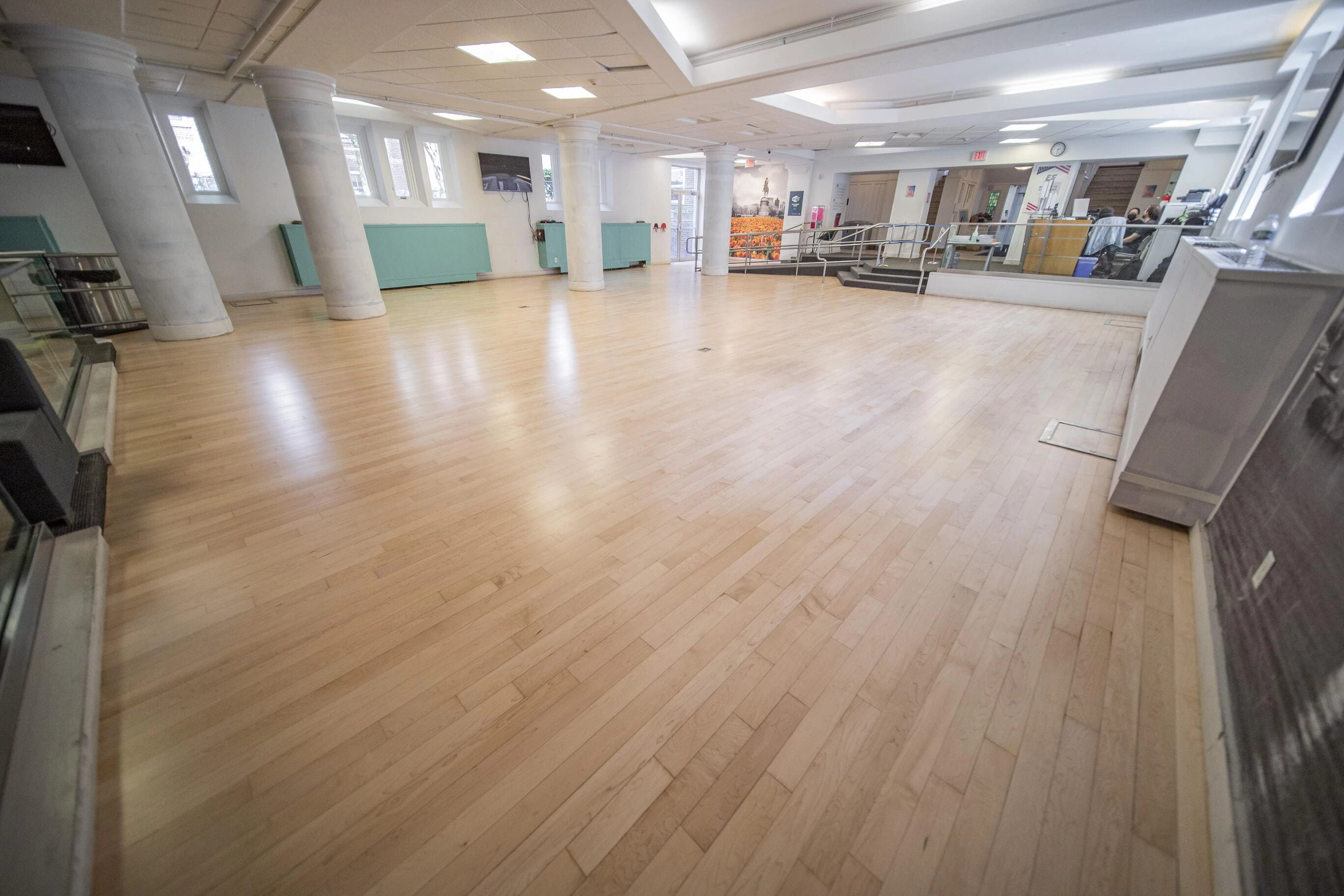
Hardwood and Softwood Uses
After explaining the main differences between them, as well as their characteristics, knowing the uses of these types of wood will make a lot of sense.
Softwoods are used for engineered wood floors, like in the production of plywood. Their use is also very popular in building scaffolding, window frames, and doors.
Overall, if your house isn’t busy, or if you have a room or two that doesn’t get visited by pets or children much, then softwood floors will do the trick.
On the other hand, hardwoods are usually the more common choice in floors due to the sturdiness and quality of hardwood flooring.
Further, this type of wood is commonly used in furniture making, like in the making of chairs, dining room tables, and cabinets.
The use of hardwood lumber in building decks is also popular.
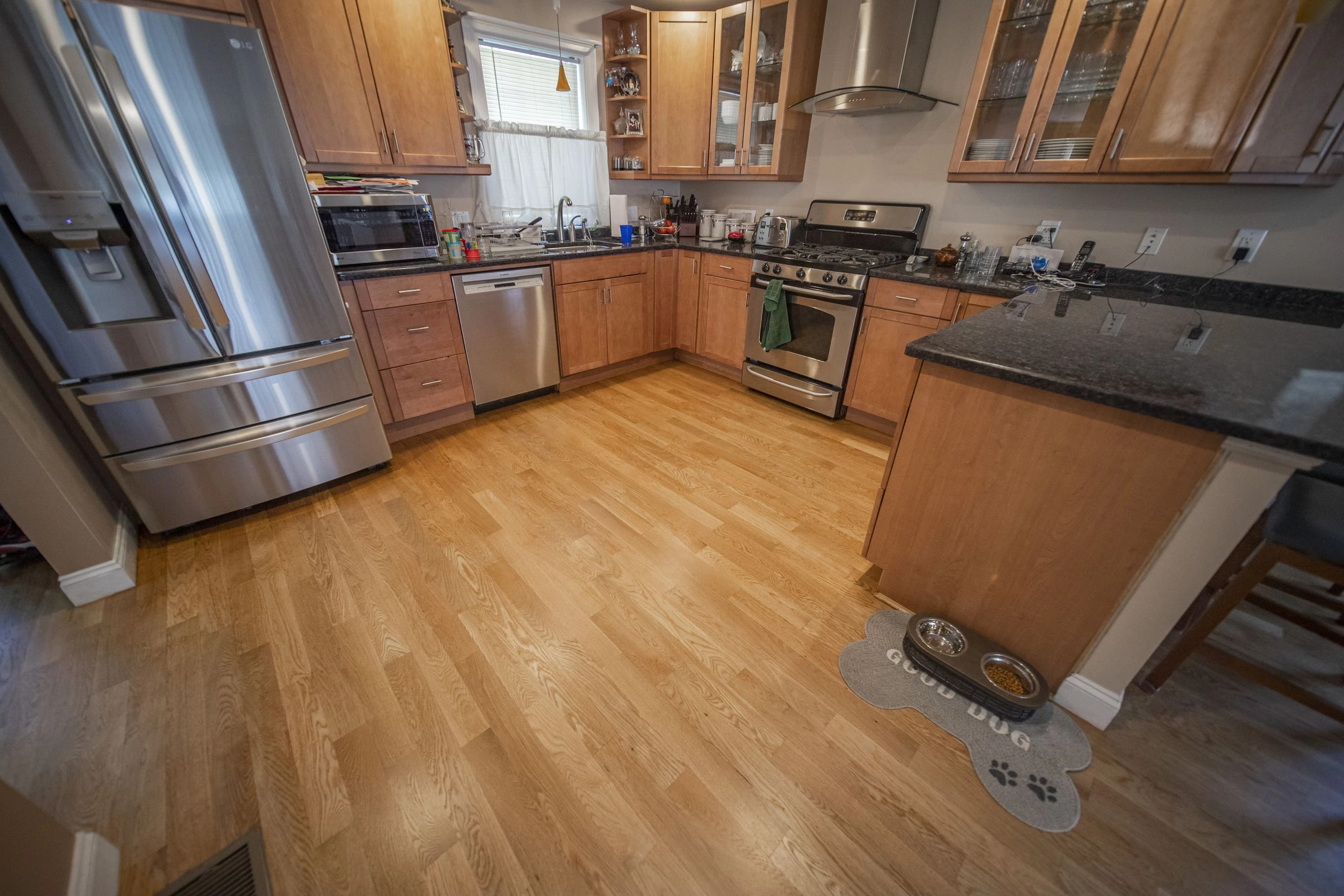
Popular Types of Hardwood Flooring
The following are some of the most common hardwood flooring species:
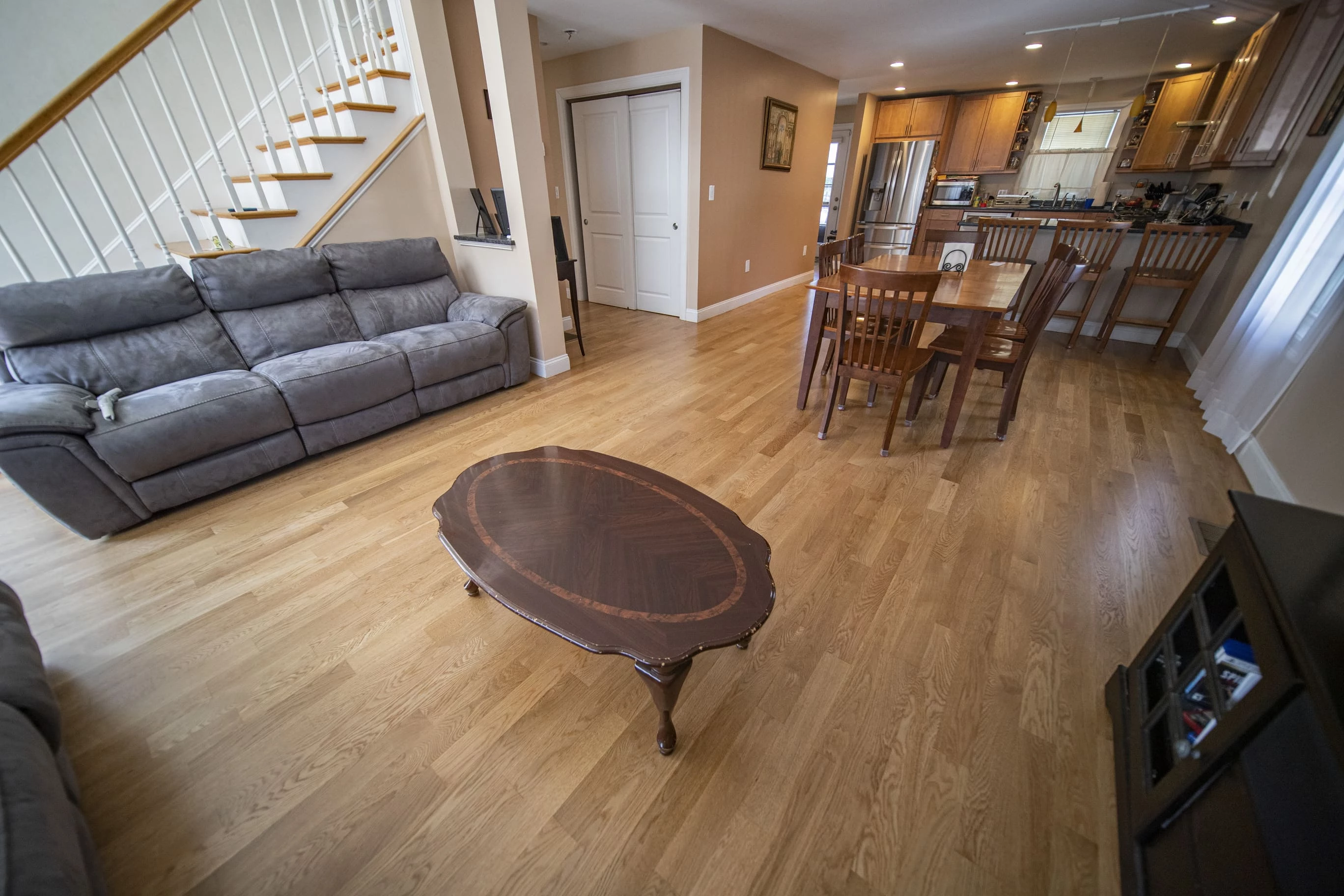
Oak
This popular hardwood species is a fan favorite because of its classic looks and impressive durability. It is also a more affordable option!
Walnut
This hardwood species is famous for its rich and deep color, and it resists light damage very well.
Maple
These hardwood trees are light in color and have a grainy texture, and it is arguably one of the densest and toughest out there.
Mahogany
Mahogany has a great reputation for being lavish. This stems from its high price tag and unmatched toughness.
Hardwood Flooring Advantages
As mentioned earlier, one of the biggest advantages of hardwoods is their extreme durability. And if you take good care of the floors, they will keep the value of the house up for years to come.
Even though these woods require less maintenance, you should still make the effort to keep them in good condition so they can last for longer.
They also come in a variety of different colors and textures, which makes them versatile and suitable for many different aesthetics and designs.
The density of hardwoods is high, which makes them resist dents and scratches better. Because the wood is dense and more compact, it burns slower, making it more fire resistant.
Another advantage not usually talked about is that hardwoods don’t easily trap dust and allergens; this makes them ideal for those with allergies.
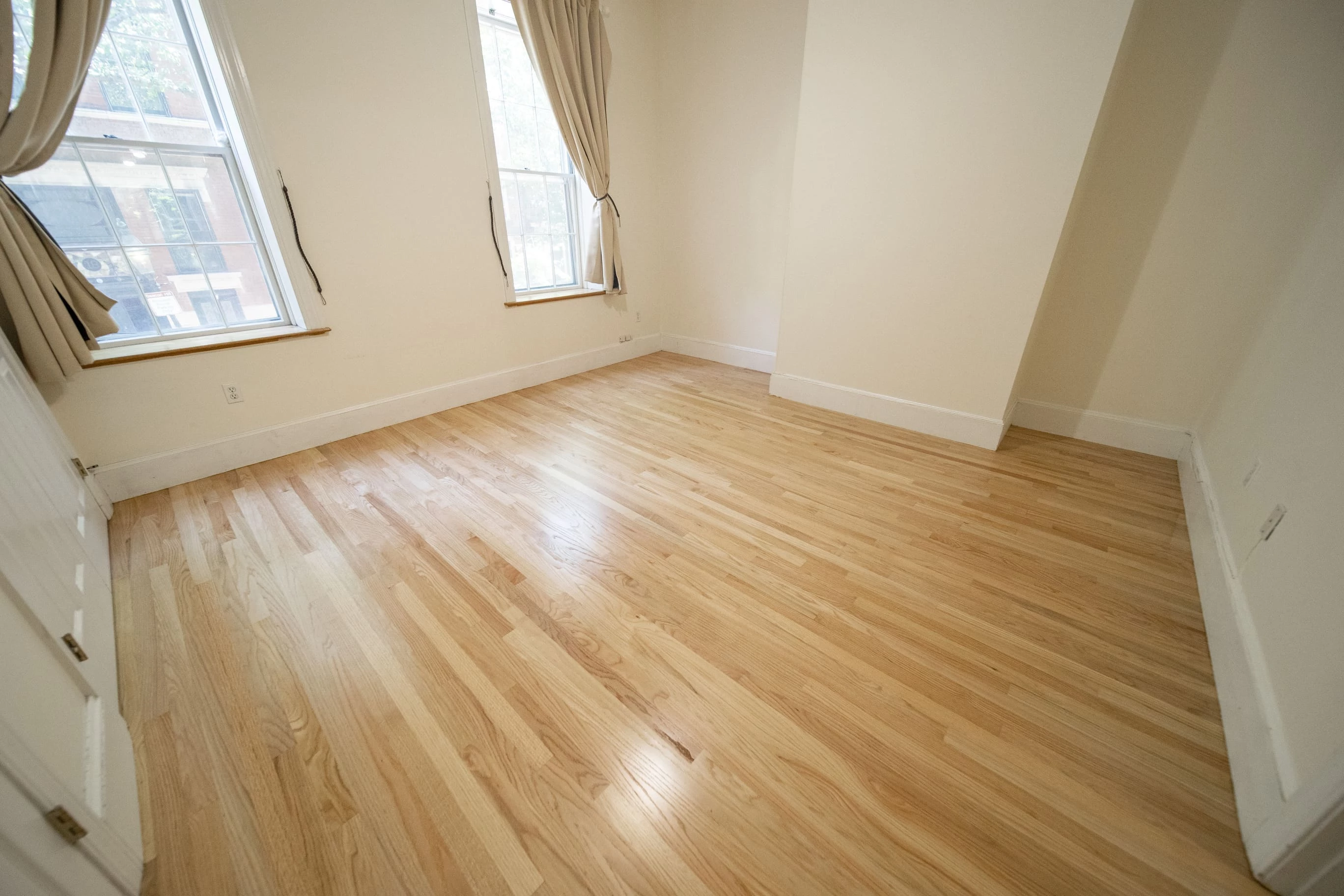
Hardwood Flooring Disadvantages
The biggest con is the price. But even though hardwood is fairly pricey, you do not need to change it over time if you take care of it right. This means that its price is justifiable in the long run.
The cons of hardwood also include the fact that they are heavy, which makes them unsuitable for many types of projects.
Additionally, they produce more noise when walking on them. The noise issue can be a deal breaker for some.
Further, they are not the easiest to install, and it is a tough job if you choose to do it yourself without professional help
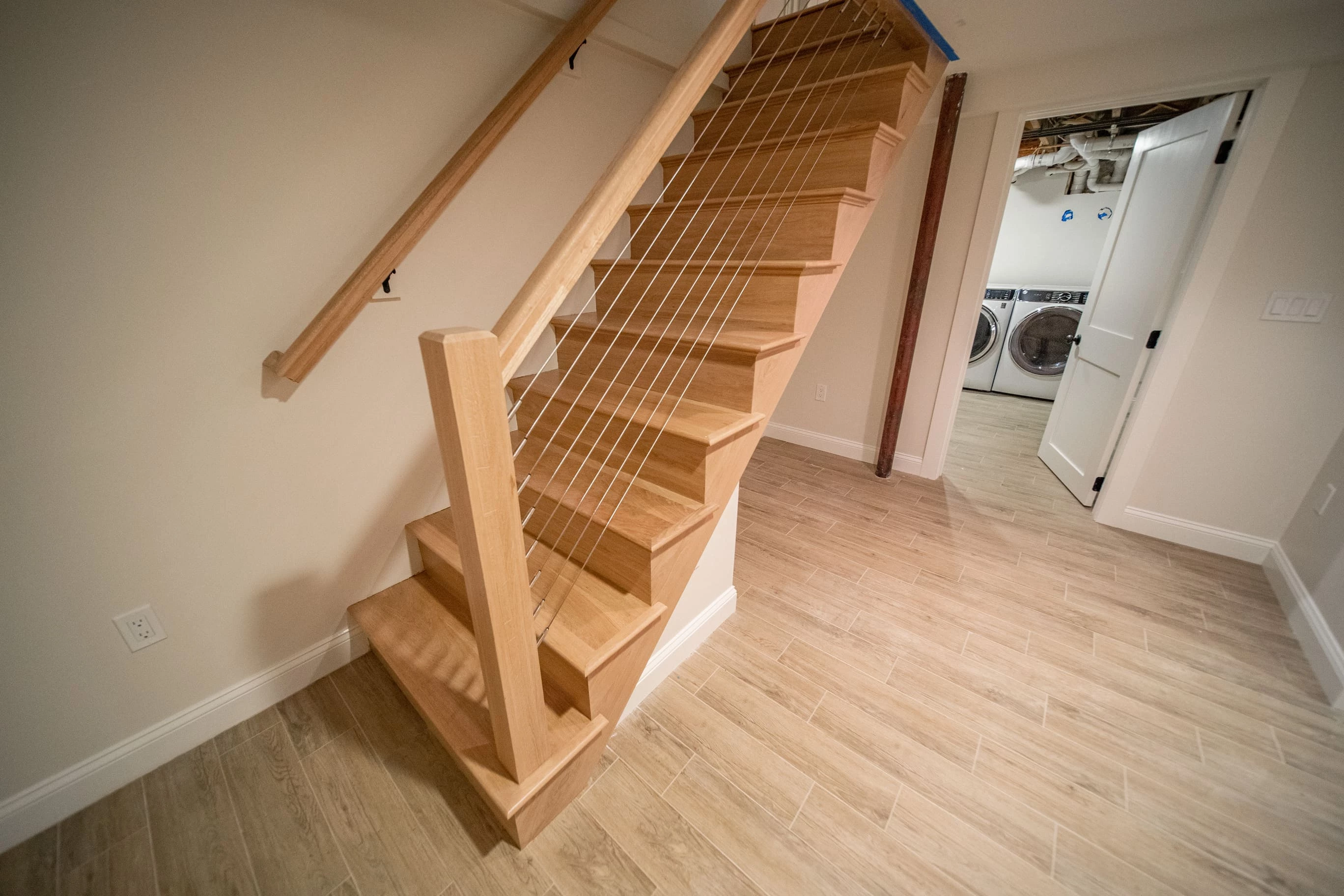
Popular Types of Softwood Floors
Let us take a look at a popular selection of these species of wood:
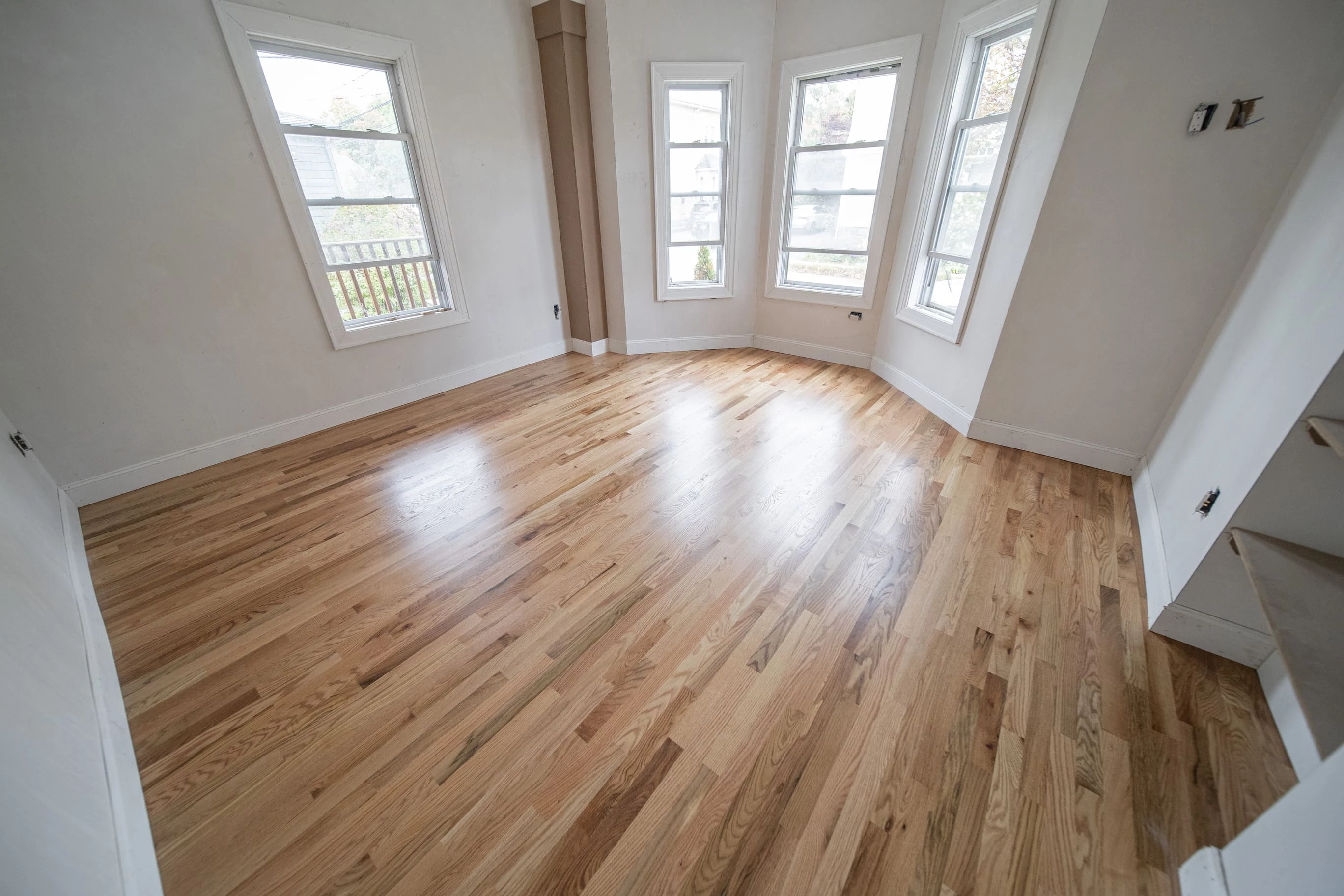
Pine
The great thing about this wood is that it has durability that nearly matches hardwoods! It also has a one-of-a-kind natural insect resistance property.
Cedar
This exotic wood is commonly used in flooring thanks to its unique patterns and naturally beautiful aromas.
Fir
The appearance difference between fir and other species mostly lies in the tan color that the fir species has. Its deep and dark color makes it an attractive option for flooring.
Softwood Flooring Advantages
As expected, the greatest perk is the price. This softwood is affordable and therefore more accessible.
It also weighs less, which makes it an ideal choice for certain projects, especially DIY projects.
Concerning that, softwoods are easier to install and work with. You can cut them and shape them with less overall effort. They are also widely available, regardless of your geographical location.
Finally, softwoods are usually lighter in color, which actually helps hide dust and small scratches.
Softwood Flooring Disadvantages
The lighter color that softwoods usually come in makes them less versatile and less likely to fit all decors and designs. But, this color palette might make them fit more casual and traditional-style homes.
They do, however, require more maintenance, especially since they are more prone to scratches and dents.
Lastly, they have more air pockets inside them, which makes them burn faster. These air pockets are also more likely to soak up and trap water, making them more prone to humidity and water damage.
Comparing Hardwood and Softwood Flooring
The following table is a brief yet thorough recap of the hardwood versus softwood flooring debate:
Hardwood | Softwood | |
Definition | Dense, compact wood from deciduous trees | More porous, lighter wood from conifer trees |
Uses | flooring, chairs, dining tables, cabinets, decks | plywood production, building scaffolding, windows, frames, doors, and paper |
Examples | Oak, beech, walnut, maple, mahogany, hickory, and teak | Pine, cedar, spruce, and fir |
Density | Higher | Lower |
Cost | Higher | Lower |
Growth | Slower | Faster |
Shedding of leaves | Occurs during cold months | Does not occur |
Fire resistant | Burns slower | Burns faster |
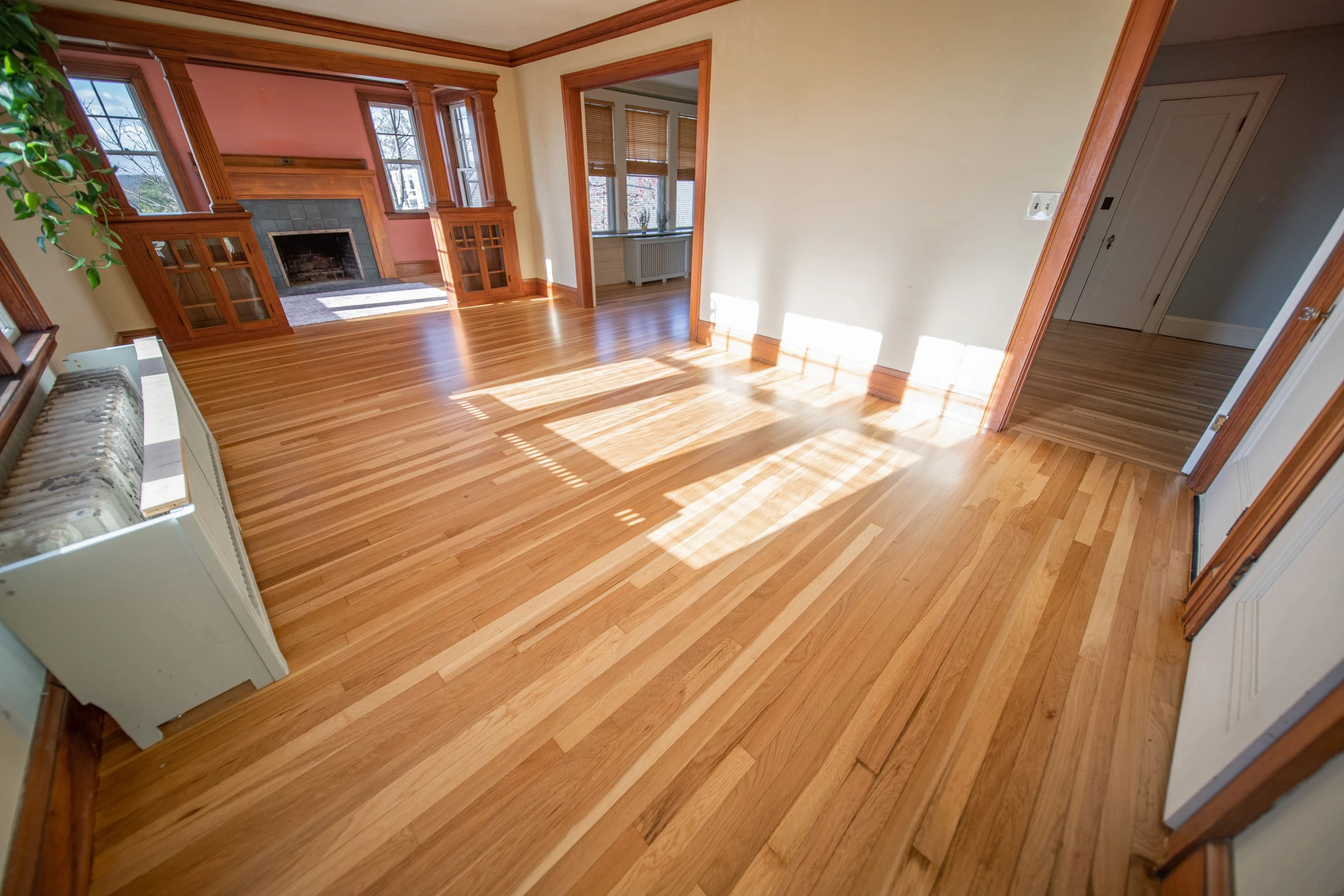
Why is hardwood the preferred choice for wood flooring?
Based on what we have read so far, and especially with the advantages and disadvantages section, we can positively deduce that hardwoods are a better option when installing a wooden floor.
From their fire-resistant and hypoallergenic properties to their durability, this type of wood proves to be the superior, safer, and more secure choice. It might even prove to be the more cost-effective choice in the long run, since it requires less maintenance and lasts a lifetime!
Making a Choice!
You are now equipped with all the necessary information you need to make an informed decision about the type of wood you choose to go for.
And with hardwoods proving to be the smarter choice, the verdict is final, and the debate has been settled once and for all! Do you agree?
